Platysma muscle
Introduction
The platysma is a thin sheet-like muscle that fibs superficially within the anterior aspect of the neck. It arises in the upper thoracic and shoulder areas from a fascia that covers the pectoralis major and deltoid muscles. Its fibers ascend superomedially over the anterolateral element of the neck, to attach to the mandible and the skin and subcutaneous tissue of the lower face.
Unlike additional muscles of the body that lie deep in the subcutaneous tissue, the platysma is situated within the subcutaneous tissue of the neck (superficial layer of the cervical fascia). Its superficial location signifies that surgical dissections of the neck need to account for underlying neurovascular structures.
The platysma muscles lie just deep into the subcutaneous fascia and fat. It covers multiple structures found deeper in the neck, such as the external carotid artery, the external jugular vein, the parotid gland, the lesser occipital nerve, the great auricular nerve, and also the marginal mandibular branch of the facial nerve.
Origin of Platysma muscle
The platysma muscle is contained within the superficial cervical fascia, which is a zone of loose connective tissue between the dermis and deep cervical fascia. The platysma arises from the fascia that covers the clavicle, the acromial region, and the superior portions of the pectoralis major and deltoid muscles. From its origin, the platysma passes over the clavicle and ascends via the anterolateral sides of the neck. In its route along the neck, the platysma passes over the external and anterior jugular veins. The considerable medial fibers of platysma interlace across the midline with the contralateral muscle fibers.
Insertion of Platysma muscle
The platysma muscle has several insertion points. Its medial fibers insert onto the lower boundary of the mandible or the skin of the lower lip. The lateral fibers of the platysma muscle attach to the skin and subcutaneous tissue of the perioral area, and to the muscles encircling the mouth. Here, the platysma blends with the depressor anguli oris and depressor labi inferioris muscles and reinforces their motions. It is essential to note that the platysma contributes to the formation of the modiolus, which is a fibromuscular chiasm of facial muscles encountered in the corners of the mouth. Thereby, the platysma contributes to the formation of the orbicularis oris complex along with different muscles of facial expression.
Nerve supply
The platysma muscle is supplied by the cervical branch of the facial nerve (CN VII). In addition, it obtains proprioceptive innervation from the transverse cervical nerve. However, there are instances of anomalous innervation to some muscle fibers by the marginal mandibular branch. This branch of the facial nerve pathways deep to the superior part of the platysma inferior to the mandible.
The supraclavicular nerves penetrate the inferior portion of the platysma muscle superior to the clavicle. These are pure sensory nerves and supply sensation to the lower neck and upper chest.
Blood supply
The platysma acquires arterial blood supply from the submental branch of the facial artery as well as the suprascapular branch of the thyrocervical trunk.
Function of Platysma muscle
Wrinkling
When the whole platysma muscle is in action, it produces a slight wrinkling of the surface of the skin of the neck in an oblique direction (at an angle to the midline). It creates a distinctive “bowstring” effect on either side of the neck, where fibers shift away from the midline.
Jaw and lip movement
The anterior part of the platysma muscle, the thickest portion of the muscle, depresses the lower jaw. It also pulls down the lower lip and the angle of the mouth in a frown. However, the platysma muscle recreates only a minor function in depressing the lower lip, which is primarily performed by the depressor anguli oris muscle and the depressor labii inferioris muscle.
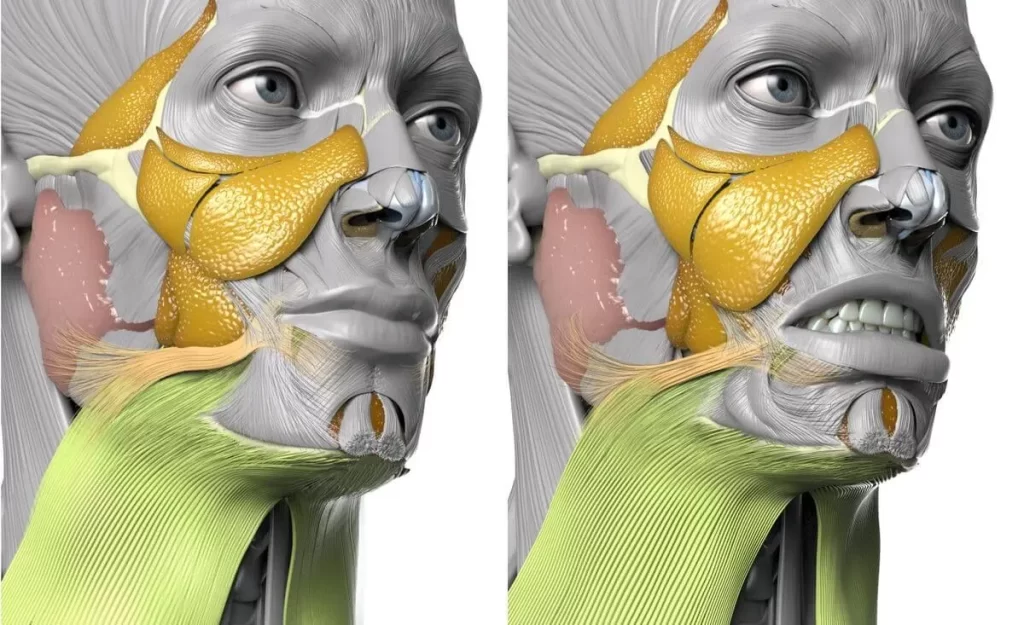
The main function of the platysma muscle is to contribute to producing a myriad of facial expressions. With its attachment to the modiolus and the lower lip, it can produce an expression of sadness, surprise, and horror by lowering the corners of the mouth and lower lip. Due to its attachment to the mandible, the platysma muscle can also help in depressing the mandible and therefore help to open the mouth.
In addition, the platysma muscle can be seen bulging out during strenuous physical activity or running. It is thought that this mechanism controls the compression of the jugular veins and the suction of the soft tissues of the neck due to the intense respiratory efforts being made.
Clinical relations
The platysma muscle is vulnerable to tears, strains, and muscle atrophy, among numerous other possible conditions.
Neck lacerations or surgical dissections
The superficial location of the platysma, as well as its close connection with the underlying neurovascular structures, need to be accounted for during surgical dissections of the neck. For this exact reason, injuries to the neck such as lacerations can have tremendous clinical significance. Without careful suturing of the wound or surgical incisions, the tone of the platysma muscle can draw on the healing skin which can result in large scarring.
The cervical branch of the facial nerve drives just deep to the platysma, running the risk of it being damaged during surgical dissections of the neck. Because both the platysma and the depressor anguli oris muscles are supplied by this nerve, the damage of the cervical branch of the facial nerve could result in paralysis of these muscles, deforming the shape of the mouth and the skin over the anterior neck region.
Other nerves that fib just deep to the platysma are the marginal mandibular branch of the facial nerve, as well as the lesser occipital, accessory (CN XI), great auricular, transverse cervical, and supraclavicular nerves. Damage to any of these nerves could result in motor and/or sensory deficiencies, and therefore special care needs to be taken during surgical dissection.
Platysma bands and aging
As a person ages, changes in the tone of the skin, specifically in the neck, can occur. An earlier sign of aging in the skin of the neck is the appearance of platysma bands or ridges, that can run the whole length of the muscle. It has been thought that these bands appear as the skin begins to sag due to a loss of muscle tone of the platysma. In this case, surgery would be performed to tighten the skin of the neck to relieve sagging and in turn, reduce the appearance of the platysma bands. Recently, however, it has been indicated that the platysma bands may be caused by increased muscle activity rather than a loss of muscle tone. In this case, the suggested treatment would be the denervation of the platysma to relax the bands and the overlying skin.
Platysma synkinesis can be a secondary difficulty of facial palsy. Common facial synkinesis, with synkinesis referring to simultaneous action, creates abnormal synchronization of facial movement. This happening results in involuntary facial movement occurring during the voluntary movement of an additional facial muscle group. It can also conduct static and dynamic asymmetry of the neck and the inferior portions of the face. The condition may cause discomfort, aesthetic situations, and functional impairment.
Trigger points (TrPs) in the platysma can result from or be aggravated by acute or chronic overuse of the muscles, for example, repeated expressions of disgust or horror, and TrPs in the sternocleidomastoid (SCM) and scalene muscles. TrPs in the platysma muscle may cause a prickly pain over the mandible. The TrPs referral of platysma can overlay with those of SCM, masseter, temporalis, and medial pterygoid. Additionally, TrPs in the platysma muscle also can be a temporomandibular joint (TMJ) dysfunction. Most TrPs in the platysma muscle are regularly found over SCM.
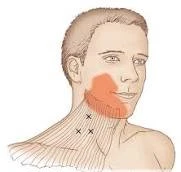
Treatment
Self-massage of the Platysma
Utilize your fingers for the massage. As a massage technique, you can use ischemic compression, clear massage strokes, or the pressure-motion technique.
Massage with thumb and index finger: Precise rolling motions. Move it between your fingers and seek for painful tensions. Once you see one, roll it a few times between your fingers. Trigger points are discovered mainly in the middle of the lateral neck and at the bottom of the collarbone.
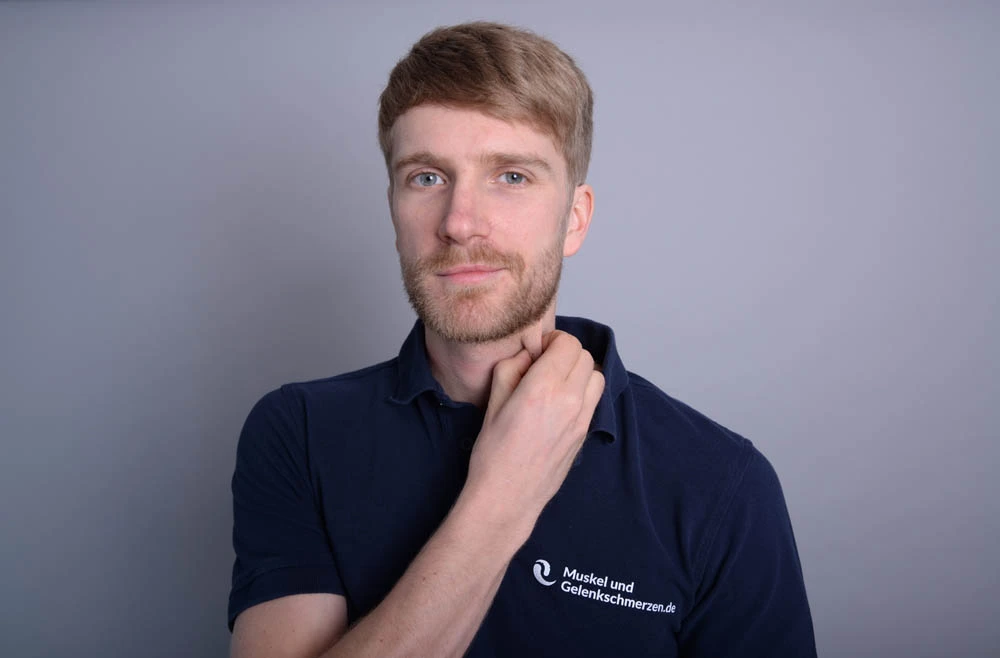
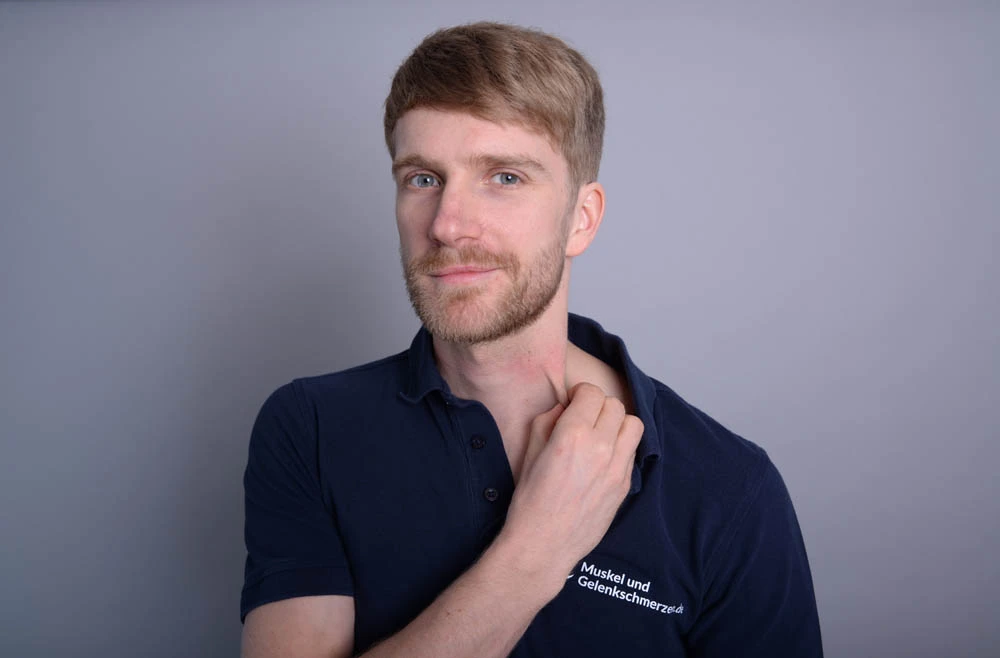
Platysma muscle exercise
Platysmal band exercises are exercises that may assist strengthen the neck muscles. This is thought to lessen the likelihood of platysmal banding. But the opposite occurs: “We don’t typically recommend exercising this area, as the bands can be exacerbating by straining such as grimacing when lifting weights,” Goldman says. You may have adequate results with neck stretches, which are gentler.“Different stretches encourage a gentle toning of the muscle that may help,” Goldman says.
Understanding is key to preventing platysmal bands from exercise. It also is instructed that you watch yourself in the mirror when you work out, also so you can relax your neck when it tenses.
FAQ
Where is the platysma located?
Dissimilar to other muscles of the body that lie deep in the subcutaneous tissue, the platysma is located within the subcutaneous tissue of the neck (superficial layer of the cervical fascia). Its superficial position recommends that surgical dissections of the neck must acknowledge the underlying neurovascular structures.
What are the actions of the platysma?
The actions of the platysma muscle contain pulling down the mandible, which opens the mouth, and pulling the corners of the lips out to the side and down, which creates a frown. Further, the platysma muscle can form wrinkles in the neck as a person ages and their skin evolves less elastic and starts to sag.
Is the platysma a muscle of mastication?
The muscles of mastication also act to approximate (bring together or close) the teeth. The superficial muscle of the neck, the platysma muscle, also assists with the depression of the mandible against resistance.
Why does my platysma muscle hurt?
Trigger points (TrPs) in the platysma can result from or be aggravated by acute or chronic overuse of the muscles, for example, repeated expressions of disgust or horror, and TrPs in the sternocleidomastoid (SCM) and scalene muscles. TrPs in platysma may produce a prickly pain over the mandible.
Do platysma exercises work?
Platysma exercise can assist tighten this loose skin and the muscles underneath to minimize the appearance of your double chin. These doubled chin exercises are designed to firm the neck and jaw, and the region just beneath your chin. For best outcomes, do these exercises several times per day.

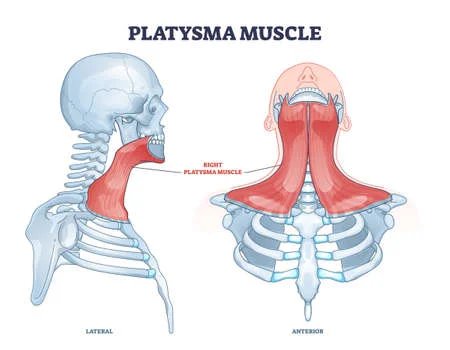
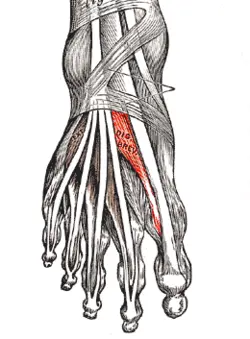
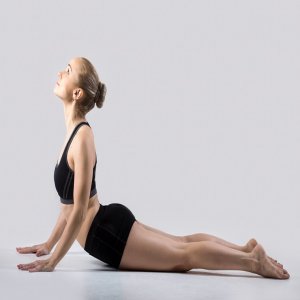
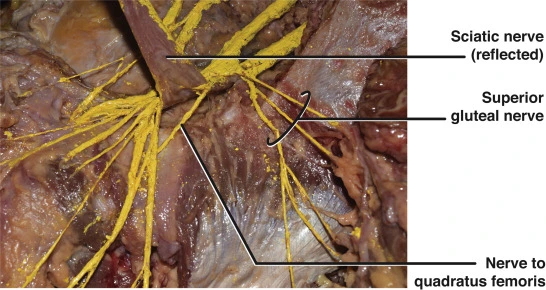
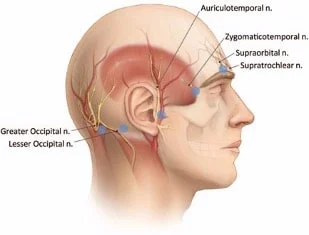
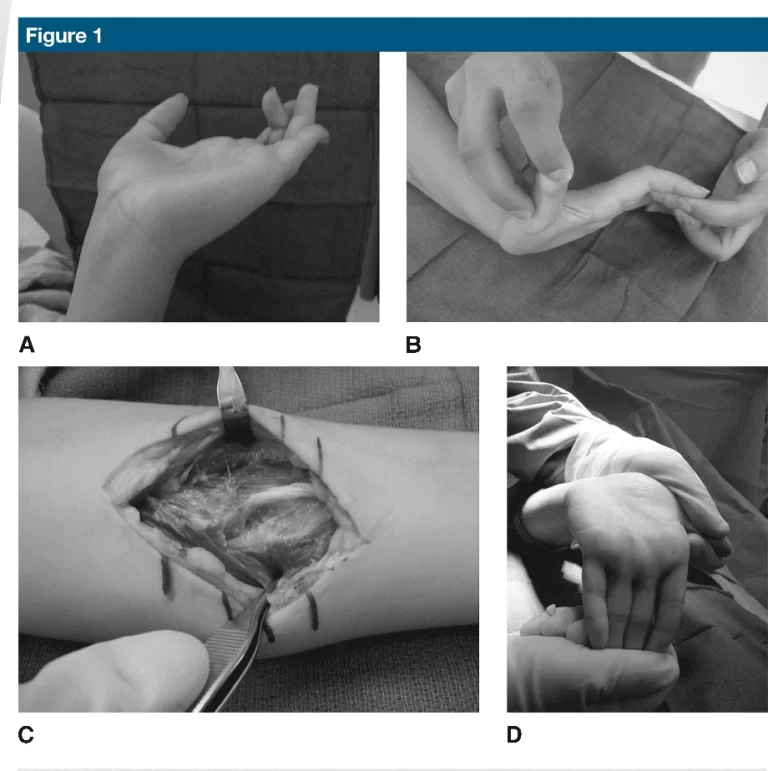
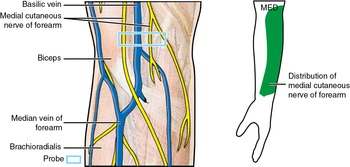
One Comment